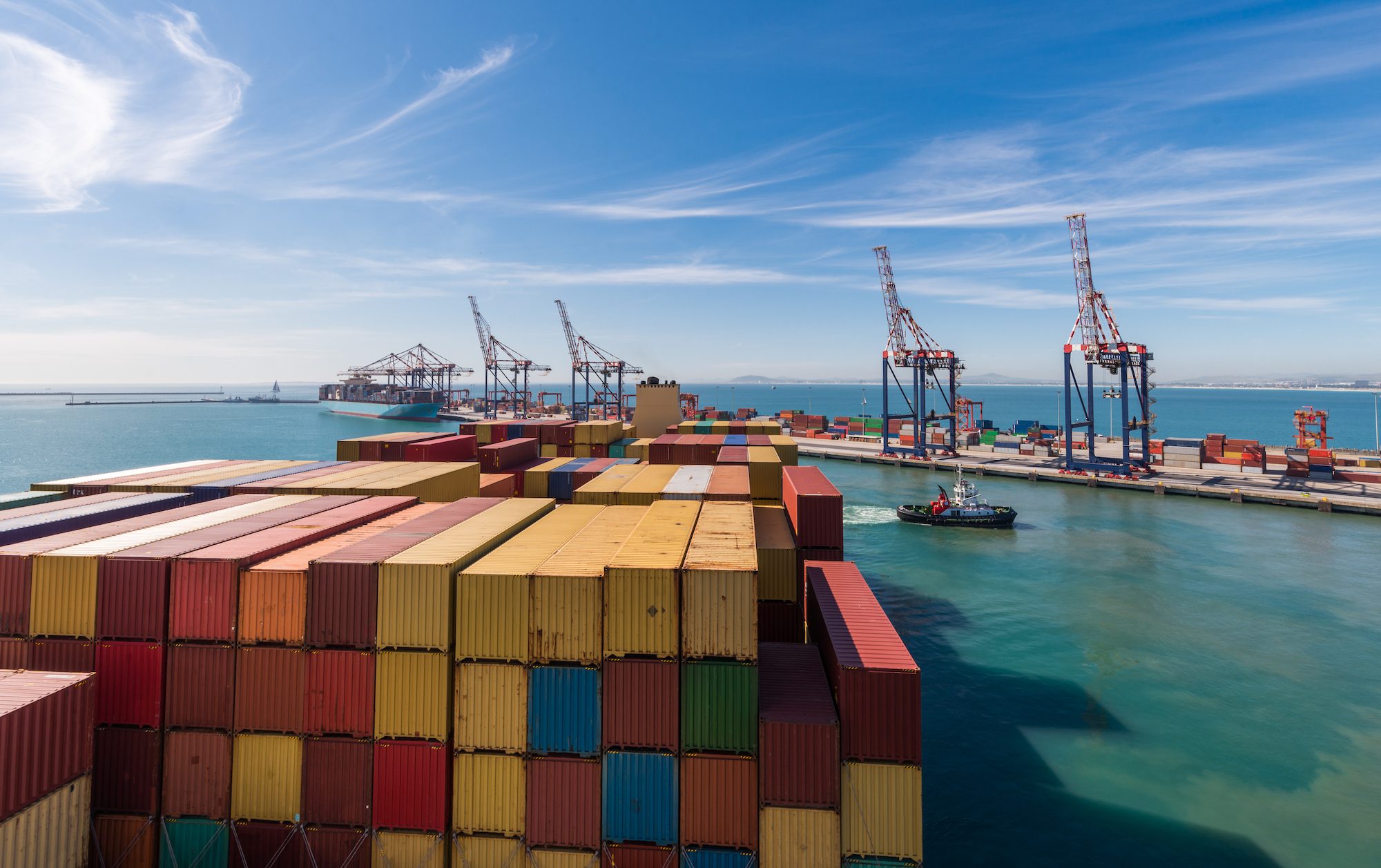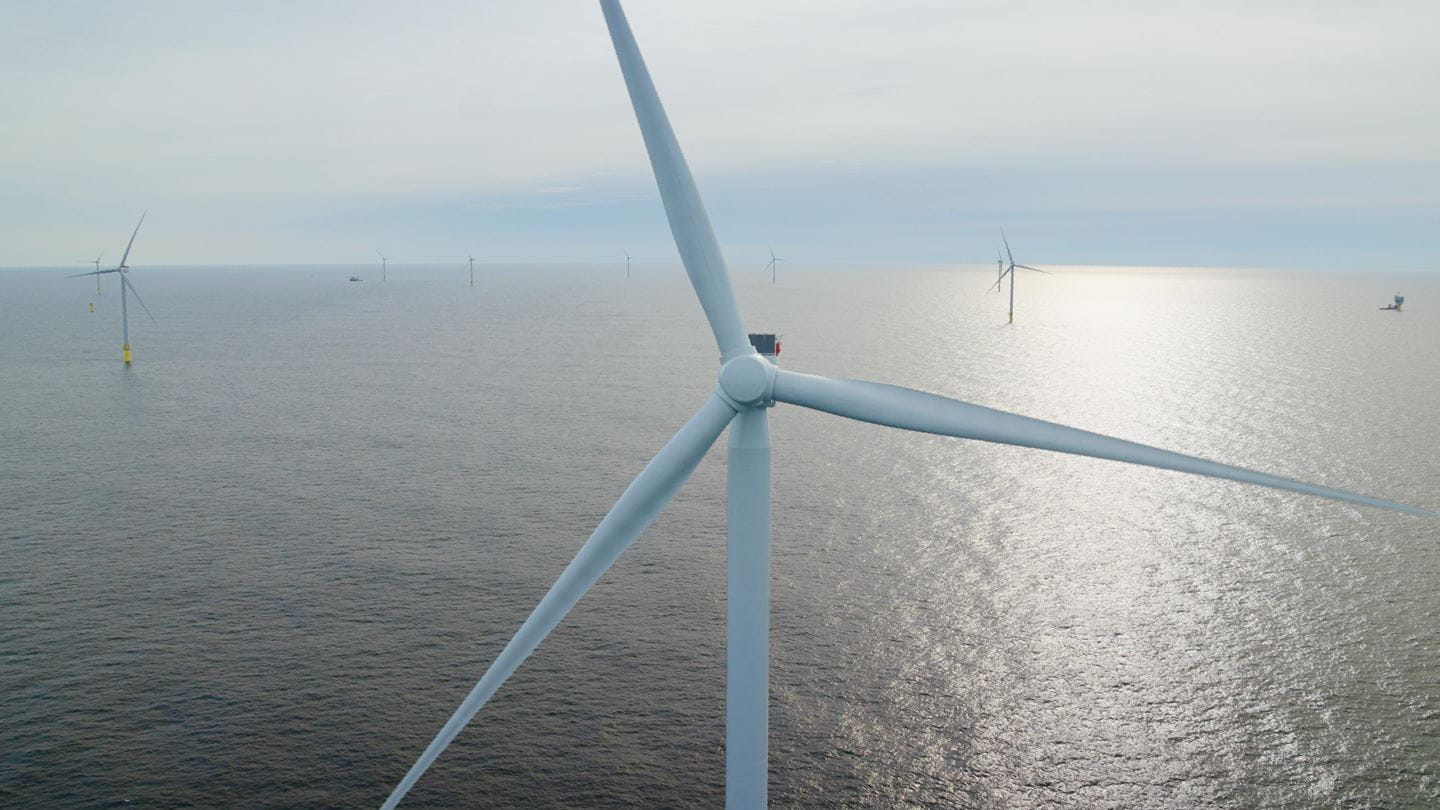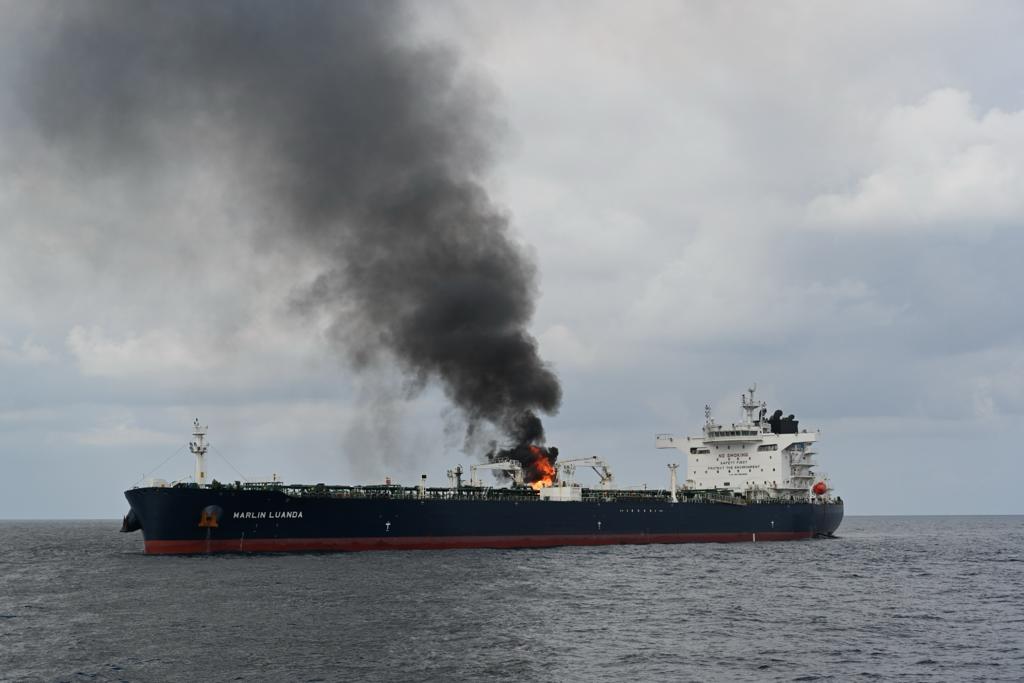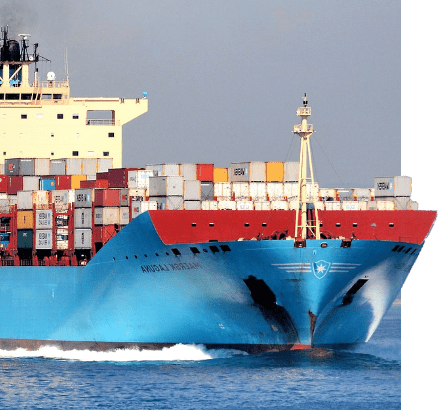Ship tracking data obtained by S&P Global indicates that Russian tanker shipments of crude oil rose slightly in October as declining oil product exports from Russian ports more than offset an increase in crude flows despite impending EU penalties.
According to data from S&P Global Commodities at Sea, seaborne shipments of Russian oil increased to just over 3 million barrels per day in October, up about 3% from September and just shy of the pre-war average of 3.1 million b/d in January and February.
Shipments to China and India account for 58% of Russian crude deliveries and the third biggest importer of Russian crude is now Turkey which imported over 300,000 barrels per day last month. Volumes rose sharply in some European ports with the continent’s biggest refining hub in the Netherlands increasing imports by 30 percent ahead of the December 5 EU ban on Russian oil.
Price differentials have narrowed too. At peak discount in June, Russian crude was $30 per barrel cheaper than Dubai blend. Today it’s only $2 less per barrel.
The biggest losers this month are African oil producers. “Asia may end the year 2022 with a sharp drop in crude inflows from Africa as relatively higher freight rates, a wider Brent-Dubai spread, and increased competition from European refiners looking for alternatives to Russian supplies created hurdles,” writes S&P’s Sambit Mohanty. “This trend is unlikely to change anytime soon.”
Russia is also opening new export routes. Yesterday Bloomberg reported that Russia sent its second-ever crude oil shipment east through the Arctic Circle toward China. The route includes a 3,300-mile voyage across the top of Russia and through some of the planet’s harshest sailing conditions where icebergs and freezing conditions are common. The journey is the shortest passage between Europe and east Asia, taking half the time to reach China from Russia’s Baltic ports than the conventional route through the Suez Canal.
Unlock Exclusive Insights Today!
Join the gCaptain Club for curated content, insider opinions, and vibrant community discussions.

 Join The Club
Join The Club













